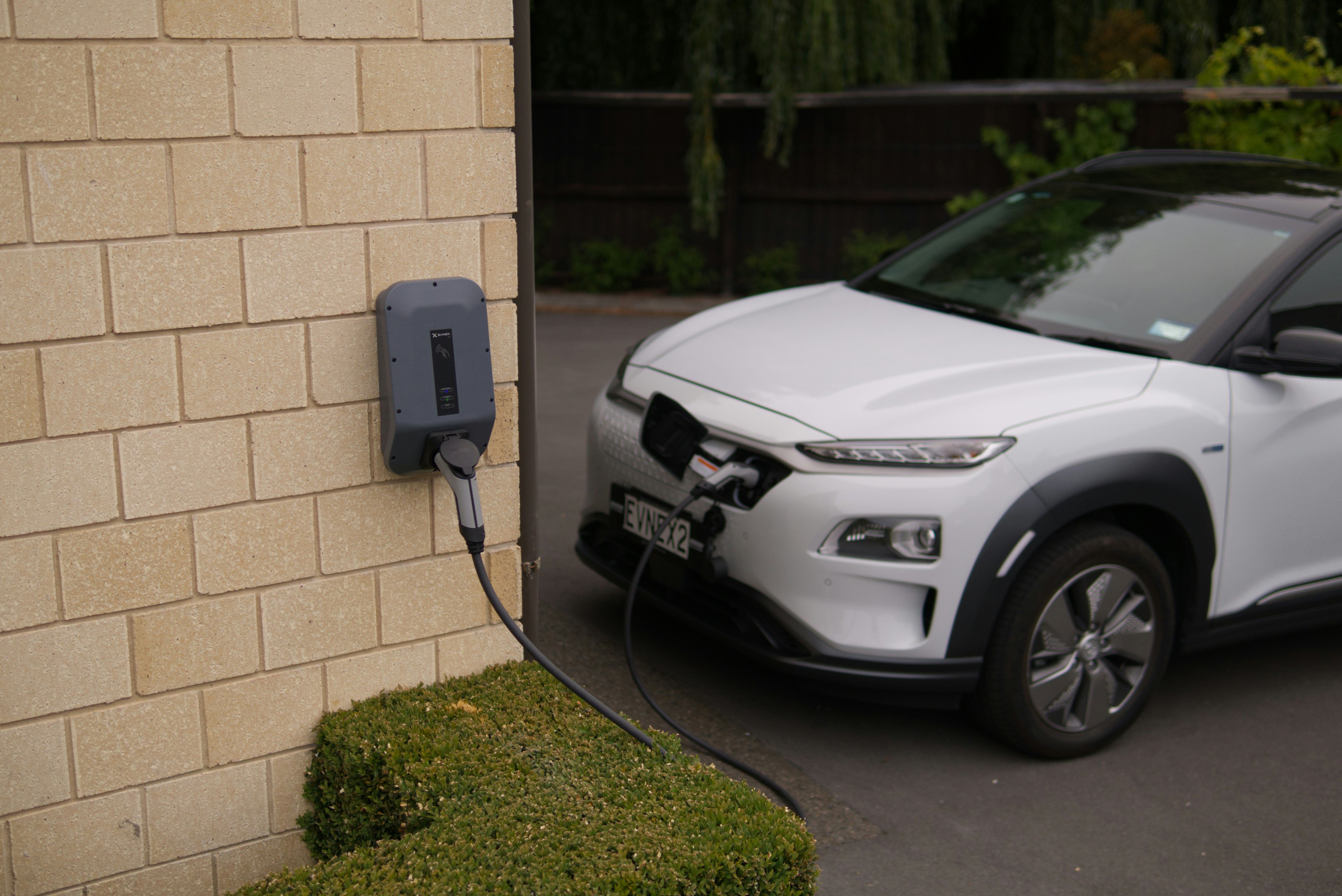Key hacks for connecting fleet and mobility budgets
Todays workplace isn't just changing where and how people work, but also how they commute. Today's employees expect varied mobility choices. For us...
More and more companies in Belgium are shifting toward sustainable and flexible commuting. As a result, mobility budgets have become a powerful tool to modernise employee transport benefits. An what follows is also less reliance on traditional company cars.
But understanding the concept is just the first step. The real success lies in how you implement it. This article provides four easy steps that will help your organisation move from traditional car policies to a forward-looking corporate mobility solution.
This guide is for HR leaders and mobility managers. It will help you build a policy that is compliant, engaging, and scalable—supported by the right digital mobility platform.
Start by clearly defining who in your organisation will be eligible for a mobility budget. Typically, this includes employees who qualify for a company car under their current contract.
Specify the rules around budget allocation, eligible mobility services, and CO2 emission thresholds for company vehicles (category 1):
Most importantly, document everything in a clear internal policy that complies with the Belgian legal requirements. Make it easy to access and understand. This will avoid confusion and strengthen the long-term trust in the program among employees.
Transparent communication is essential for employee buy-in. Educate your teams about how the mobility budget works. Explain what they can spend the budget on, and how it compares to a traditional company car.
Be transparent and proactive. Use internal briefings, FAQ sheets, and even short explainer videos to make the concept easy to understand.
Provide a mobility budget calculator or simulator. This way employees can estimate how far their mobility budget would go based on their needs. Maybe some want to combine train use with a folding bike, or calculate the difference between a smaller EV versus a fuel car. Transparency builds trust—and helps employees make informed decisions.
Consider running a quick pulse survey to meausure employee reactions. Understanding employees' initial reactions will help finetune your messaging and increase adoption.
Managing mobility budgets manually is time-consuming and prone to errors. Choose a digital mobility platform that integrates with payroll and HR systems. A digital mobility platform will help you:
Opting for a digital mobility platform also enhances the employee experience. It gives them an easy way to log commuting expenses and manage their mobility budget. As a result, they can make informed decisions about sustainable travel options.
Before rolling out the mobility budget across your company, consider running a pilot program with a select group. This could be hybrid workers or employees based in urban areas.
Gather feedback, identify gaps in communication or policy, and test how well your digital tools work in real life. Track metrics like participation rate, user satisfaction, budget spending, and impact on mobility costs. Use these insights to refine the program before expanding across departments or your entire organisation.
Switching to a mobility budget policy is much more than a compliance exercise. Such a transition is also a step toward a more sustainable, employee-friendly way of working. It involves strategic planning, choosing the right tools and rolling out new mobility initiatives thoughtfully.
At the end of it, your company will offer modern, sustainable commuting options that reflect today's work-life realities. Are you ready to make the transition to a corporate mobility solution? Download our ebook -"Flexible Mobility Options: A Practical Guide to Adapting to Employee Needs"

Todays workplace isn't just changing where and how people work, but also how they commute. Today's employees expect varied mobility choices. For us...

As work habits evolve and sustainability becomes a priority, the Belgian mobility budget is emerging as a smart, tax-efficient mobility solution for...

XPOFleet Mobility Day 2025 brought together industry leaders to tackle one pressing question: How will fleet and mobility evolve in the face of rapid...